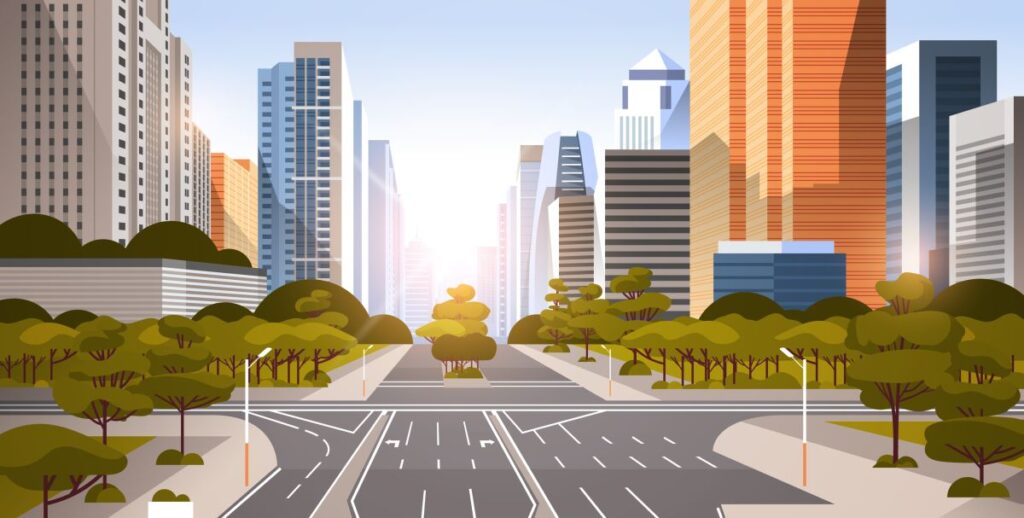The global pandemic has impacted us in so many ways, including road safety. How we approach road safety in the future is going to change permanently as well, as many of the impacts of COVID-19 continue to shift how we operate as a society. So, here are the three primary road safety issues to consider for future traffic management plans associated to your developments.
COVID-19 and road safety protocols
Border closures
It is very rare that we see state and territory borders closed in Australia. The advent of COVID-19 has meant that borders have routinely been opened and closed around the country. In some cases these instances are for the first time in 100 years, since the last major pandemic to impact Australia, the Spanish Flu.
Times have changed dramatically in a century and there are obviously a lot more vehicles on the road. Border closures have meant new road safety management plans have been required for border crossings.
There are no hard and fast plans for road safety protocols during these closures, with most states differing to the advice of their Chief Health Officer or equivalent under relevant public health emergency legislation. This is likely to result in new legislation and planning for closures in the future.
Closing borders aren’t as simple as shutting a gate and denying access to all. Emergency service vehicles still need access across borders, people returning to their home state are usually permitted to make the crossing and there are other exceptions as well. Traffic management at congested spots during stressful occasions will be an issue that results in permanent change, legislation and planning, in order to make it as seamless as possible moving forward.
Social distancing
Developing a traffic management plan for a job site where construction is occurring has always involved the use of clear signage. These signs are used to alert workers and pedestrians to potential hazards from moving vehicles and machinery. They also exist to alert people of changed conditions and control the flow of traffic (including pedestrians) to ensure people are moving the right way and not creating an extra hazard.
COVID-19 has added a new layer to signage, in regards to social distancing. It’s still essential that people maintain physical distancing requirements. This impacts the actual planning as well, with temporary walkways now required to have the appropriate signage installed, reminding people to stay 1.5 meters apart. Meanwhile, infrastructure must be able to allow for that to occur.
Traffic conditions
COVID-19 has changed the way we work, with many industries choosing to remain with work-from-home and remote models. This means not everyone is not commuting to a central office anymore. For many businesses, this change has become permanent and major offices in CBDs are closing around the country.
This means that not only are some roads experiencing less traffic because of fewer people commuting, it also means other roads out in the suburbs are experiencing an increase from those staying local. Previous metrics on the volume of traffic will need to be adjusted as driving habits change.
The Traffic Plans Company specialise in quality traffic management plans and planning around Melbourne and other areas of Australia.

